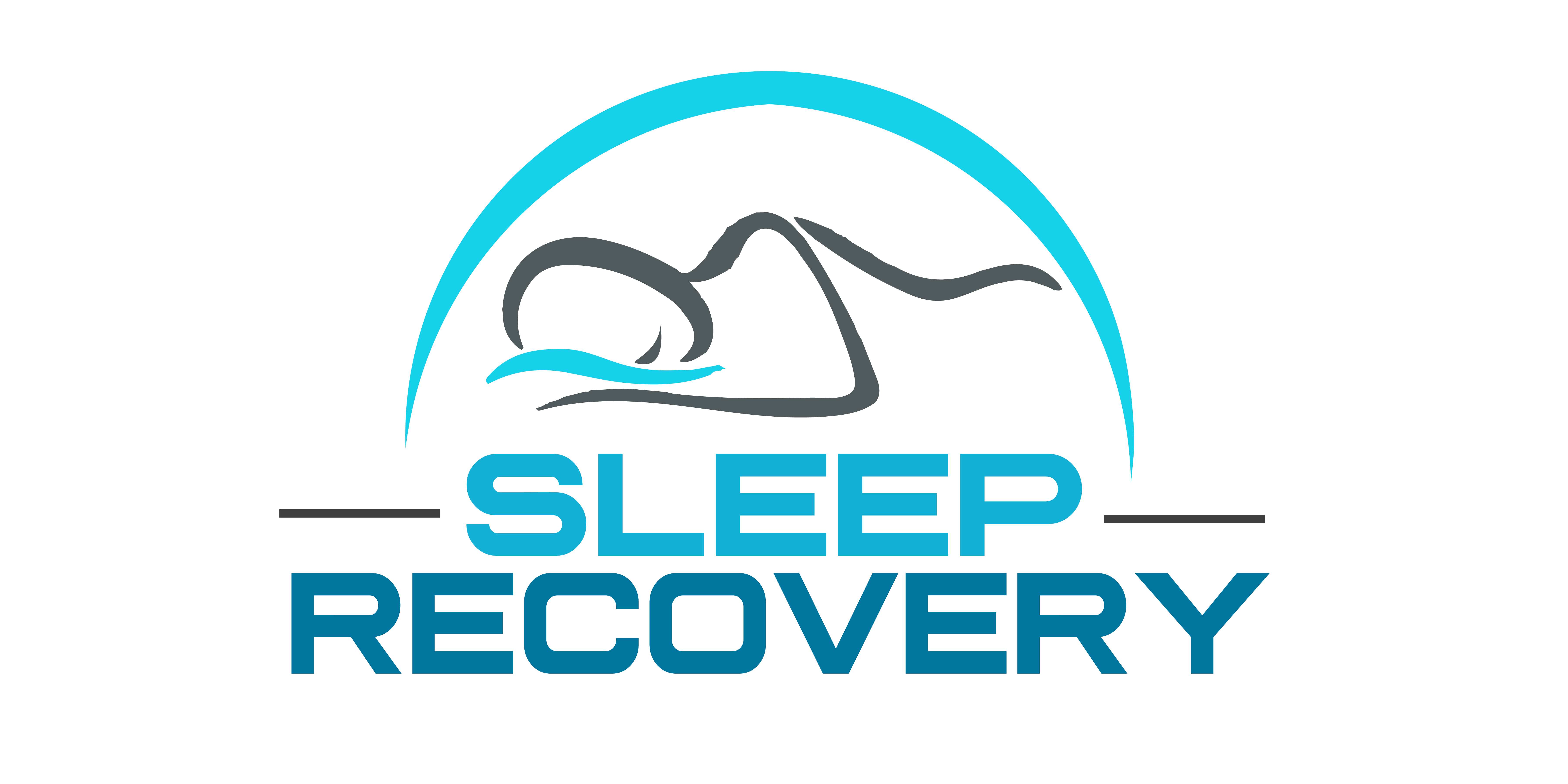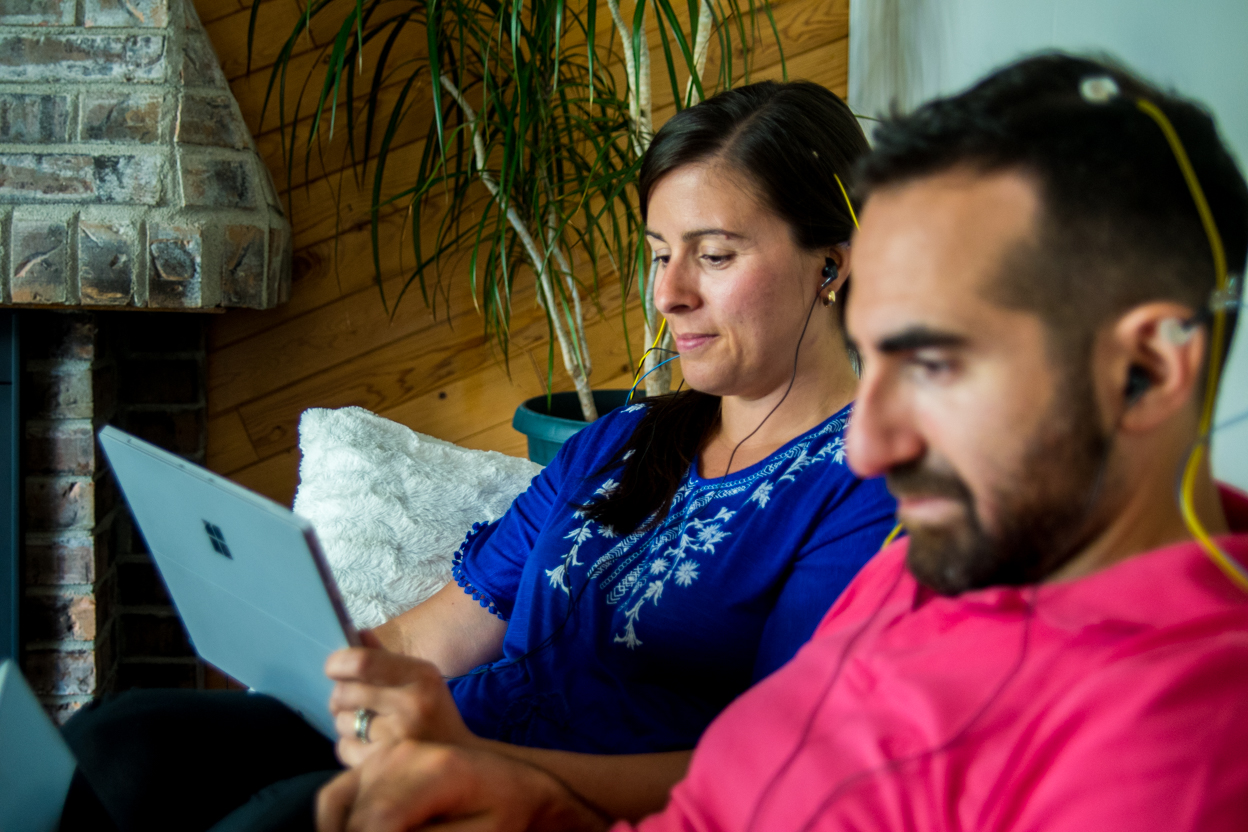Desk Jobs and Disrupted Nights: The Link Between Sitting All Day and Chronic Sleep Problems

Research shows your sedentary office job might be silently destroying your sleep for years, not just nights.
Ever notice how hard it is to fall asleep after a day of barely moving at your desk? Turns out there’s a biological reason for that—and it’s worse than we thought. New research suggests that the modern office lifestyle isn’t just making you tired; it may also be rewiring your brain for years of poor sleep.
A groundbreaking ten-year study by Dr. Clair Smith with the University of South Florida uncovered an alarming connection between how we work and sleep. Following over 1,200 full-time workers, researchers found that specific work patterns can lead to chronic sleep problems that persist for a decade or more.
Most concerning? The people stuck in the worst sleep patterns rarely escaped them without intervention. Desk jobs, it seems, aren’t just boring your mind—they’re breaking your nights.
The Three Sleep Tribes: Where Do You Belong?
The researchers grouped workers into three distinct categories based on their sleep patterns:
The Lucky Ones (Good Sleepers): These folks drift off easily, sleep through the night, and wake feeling refreshed. They keep fairly consistent schedules and rarely need naps. If you know someone who falls asleep within minutes of hitting the pillow, they belong here (and yes, it’s okay to be jealous).
The Weekend Warriors (Catch-Up Sleepers): These workers limp through the week on too little sleep, then try to “catch up” on weekends. They sleep late on days off, take more naps, and have wildly irregular sleep times throughout the week. Sound familiar? This pattern is prevalent among individuals with irregular shifts or unpredictable work hours.
The Perpetually Exhausted (Insomnia Sleepers): These unfortunate souls struggle with persistent sleep problems. They toss and turn at bedtime, wake repeatedly, and often feel tired after sleeping. Most troubling, nine out of ten people in this group were still there ten years later.
What makes this research particularly valuable is observing how people transitioned between these groups in response to changes in their work. Someone who sleeps fine could develop chronic insomnia after switching to a more sedentary job or fall into catch-up sleep patterns after taking on night shifts.
Sitting Still, Sleeping Poorly: The Desk Job Dilemma
You’re far from alone if you spend most of your workday in a chair. Approximately 80% of today’s workforce spends most of their workday sitting. What you might not realize? That chair could be sabotaging your sleep.
The study found that sedentary workers were 37% more likely to develop insomnia symptoms. These weren’t just occasional bad nights but persistent problems falling asleep, staying asleep, and feeling rested.
“When you think about it, it makes sense biologically,” says Tom, a former tech worker who struggled with insomnia for years. “Our bodies evolved to move during the day and rest at night. When I spent eight-plus hours sitting and staring at screens, my body never got the signal that I’d done enough to earn rest.”
This pattern creates a frustrating paradox: sedentary workers often feel mentally exhausted but physically restless at bedtime. Their bodies haven’t burned enough energy to trigger natural sleepiness, while their minds remain in active work mode.
Even worse, the research shows how hard it is to break free from this pattern once established. A staggering 90% of those classified as insomnia sleepers remained in that category after ten years, suggesting these problems become deeply ingrained without proper intervention.
Shift Work Chaos: The Price of Irregular Hours
While desk jobs can lead to insomnia, non-standard work schedules create a different kind of sleep disruption. Employees with irregular hours were 66% more likely to become “catch-up sleepers”—those who build up sleep debt during the week and try to recover on weekends.
If you’ve ever worked night shifts, early mornings, or rotating schedules, you know the drill: dragging yourself through work days on too little sleep, then crashing for 10+ hours on your days off. While this might feel like a reasonable adaptation, sleep scientists refer to it as “social jet lag,” forcing your body to adjust to weekly time zone changes.
Margaret, a nurse who worked rotating shifts for six years, described it as “living in a constant fog.”
“I never felt fully awake or fully asleep,” she recalls. “On workdays, I struggled to stay alert. I couldn’t enjoy my free time on days off because I was always trying to catch up on sleep. My body never knew what time it was supposed to be.”
This pattern is pervasive in healthcare, hospitality, and manufacturing industries, where around-the-clock staffing is often unavoidable. While workers in these fields usually prioritize adapting to strict schedules, the research suggests their bodies never truly adjust.
The Sleep Recovery Approach: Retraining Your Brain’s Sleep Patterns
When sleep problems persist for years, they create more than just fatigue—they reshape the brain’s electrical activity. This anomaly explains why many people experience poor sleep after changing jobs or schedules.
“We’ve worked with thousands of clients who tried everything from melatonin to meditation without success,” explains David Mayen, Founder and Program Director at Sleep Recovery. “They didn’t realize that their brains had developed specific electrical patterns that maintained their sleep problems regardless of what they did before bed.”
Sleep Recovery’s approach addresses these persistent patterns by combining neurofeedback, brainwave entrainment, and targeted coaching. Rather than focusing solely on bedtime habits, their program helps reset the brain’s ability to transition between alertness and rest.
“Think of it like physical therapy for your brain,” Mayen says. “If you injured your shoulder, stretching alone might not fix it—you’d need exercises that retrain the muscles. Similarly, when sleep regulation breaks down, you must retrain the brain’s ability to produce the right electrical patterns at the right times.”
This approach has proven particularly effective for the two groups identified in the research: desk workers with persistent insomnia and shift workers caught in irregular sleep cycles.
James, a software developer who struggled with sleep problems for over five years while working a sedentary job, found relief through this approach. “I tried everything—cutting screen time, avoiding caffeine, even meditation apps. Nothing worked until I addressed the patterns that had developed in my brain. After completing the program, I could finally fall asleep without my mind racing through work problems.”
The program typically includes:
- Assessment to identify specific brainwave patterns associated with your sleep problems
- Customized audio sessions that guide the brain back toward healthier patterns
- Sleep monitoring to track improvements and adjust the approach as needed
- Techniques for managing work-related factors that disrupt sleep
- Strategies to maintain improvements even in challenging work environments
Practical Workplace Solutions: Small Changes, Big Results
While specialized approaches offer the most comprehensive solution for chronic sleep problems, there are also practical steps that can help mitigate the effects of modern work:
For desk workers:
- Stand up and move at least once every hour (set a timer if needed)
- Take a real lunch break away from your workspace
- If possible, walk or exercise before or after work to signal the transition between activity and rest
- Create physical distance between where you work and where you sleep
- Use blue light-blocking technology on screens in the evening
For shift workers:
- Maintain consistent sleep times, even on days off.
- Create a truly dark sleeping environment, regardless of the time of day.
- Be strategic about caffeine—it stays in your system longer than you think.
- Use light exposure to help reset your body clock (bright light when you need to be awake, darkness when you need to sleep)
- Avoid the temptation to completely flip your schedule on days off.
Many workers have found that combining these practical approaches with targeted brain retraining helps break free from persistent sleep problems. Lisa, an accountant who struggled with insomnia for years, found relief through this combined approach.
“The brain training helped reset my sleep patterns, while the practical changes helped me maintain that improvement despite having a desk job,” she explains. “I finally feel like my brain knows how to shut off work mode when the day ends.”
What’s Happening in Your Brain When You Can’t Sleep
Understanding the neurological basis of work-related sleep problems helps explain why they are persistent and why traditional approaches often fail.
When you experience poor sleep over an extended period, your brain establishes neural pathways that maintain the problem. These include:
- Hyperarousal patterns that keep the brain in an alert state even when you’re physically tired
- Disruption of the brain’s natural sleep-wake transitions
- Altered production of sleep-related neurotransmitters
- Disturbed circadian signaling due to irregular schedules or lack of natural light exposure
- Stress response patterns that activate whenever you attempt to sleep
“Most approaches to sleep problems focus only on behaviors or thoughts,” notes Dr. Jeffery Wilson, Clinical Director at Sleep Recovery. “While those matter, they often miss the underlying neurological patterns that maintain the problem. It’s like trying to fix a car’s engine by washing the exterior—it might look better, but the fundamental issue remains.”
This neurological perspective explains why the same approach doesn’t work for everyone. Different work patterns lead to distinct brain disruptions, necessitating tailored solutions.
Breaking Free: Real Stories of Recovery
Jack’s story illustrates the unexpected relationship between desk work and chronic insomnia. As a financial analyst, he spent over eight hours daily analyzing spreadsheets and attending virtual meetings. Despite feeling mentally exhausted each night, he would lie awake for hours, his mind racing with work concerns.
“I tried everything—sleep medications, meditation apps, even changing my mattress. Nothing worked for more than a few nights,” he recalls. “It wasn’t until I started working with Sleep Recovery that I understood what was happening in my brain. The sedentary nature of my job had created a pattern where my brain stayed in work mode regardless of how tired I felt.”
After completing a customized brainwave training program, Jack noticed dramatic improvements. “For the first time in years, I could fall asleep within minutes of lying down. My sleep tracker showed more deep sleep than I’d ever recorded, and I woke feeling genuinely refreshed instead of groggy.”
Beyond Individual Solutions: The Employer’s Role
While individual approaches are valuable, the research suggests that addressing work-related sleep problems requires organizational changes. Forward-thinking employers have begun implementing strategies like:
- Designing workspaces that encourage regular movement
- Creating more predictable shift schedules when possible
- Limiting after-hours communications
- Providing education about sleep health
- Offering access to programs that address chronic sleep issues
Some organizations have found creative solutions to address the specific sleep challenges identified in the research. For instance, a technology company in Seattle redesigned its office to include “movement zones” that employees must walk through between different areas, naturally breaking up sedentary time. A hospital system in Minnesota implemented more consistent shift schedules with extended recovery periods, significantly reducing catch-up sleep patterns among staff.
Take Action: Understanding Your Sleep Pattern
If the patterns described in this research sound familiar, you may be experiencing work-related sleep disruption. Understanding your specific situation is the first step toward improvement.
Ask yourself:
- Do you struggle to fall asleep despite feeling tired?
- Do you rely on weekends to catch up on missed sleep?
- Has your sleep quality declined since starting a sedentary job or irregular schedule?
- Do sleep problems persist even when you follow good sleep hygiene practices?
If you answered yes to these questions, your work structure may contribute to neurological sleep patterns that cannot be resolved with simple fixes alone.
“Standard advice like ‘avoid screens before bed’ or ‘establish a bedtime routine’ has value, but often isn’t enough for people with work-induced sleep problems,” explains Mayen. “These individuals need approaches that address the specific brain patterns that have developed over months or years of poor sleep.”
Conclusion: Reclaiming Your Sleep in the Modern Work World
Research on the impact of modern work on sleep reveals concerning trends and offers some hope. While today’s work environments can contribute to lasting sleep problems, understanding these connections is the first step toward addressing them effectively.
If you identify yourself as a “catch-up sleeper” or “insomnia sleeper,” consider whether your work structure might contribute to your sleep challenges. Addressing these patterns through workplace changes, practical strategies, or specialized approaches, such as brainwave training, can help you reclaim the restful sleep your body and mind require.
The key insight from this research is that chronic sleep problems are not simply bad habits or personal failings—they are often predictable responses to specific work structures. Recognizing this connection allows for more effective interventions that address the root causes rather than just the symptoms.
For more information on addressing work-related sleep problems through brainwave training and neurofeedback, contact Sleep Recovery at 1-800-927-2339 or visit sleeprecovery.com.
References:
-
Sedentary work may contribute to insomnia. https://www.health.harvard.edu/diseases-and-conditions/sedentary-work-may-contribute-to-insomnia
- Your work habits may be threatening your sleep, a USF-led study shows. https://www.usf.edu/news/2025/your-work-habits-may-be-threatening-your-sleep-usf-led-study-shows.aspx
-
Brainwave entrainment for better sleep and post-sleep state of young elite soccer players – a pilot study. https://pubmed.ncbi.nlm.nih.gov/23862643/


